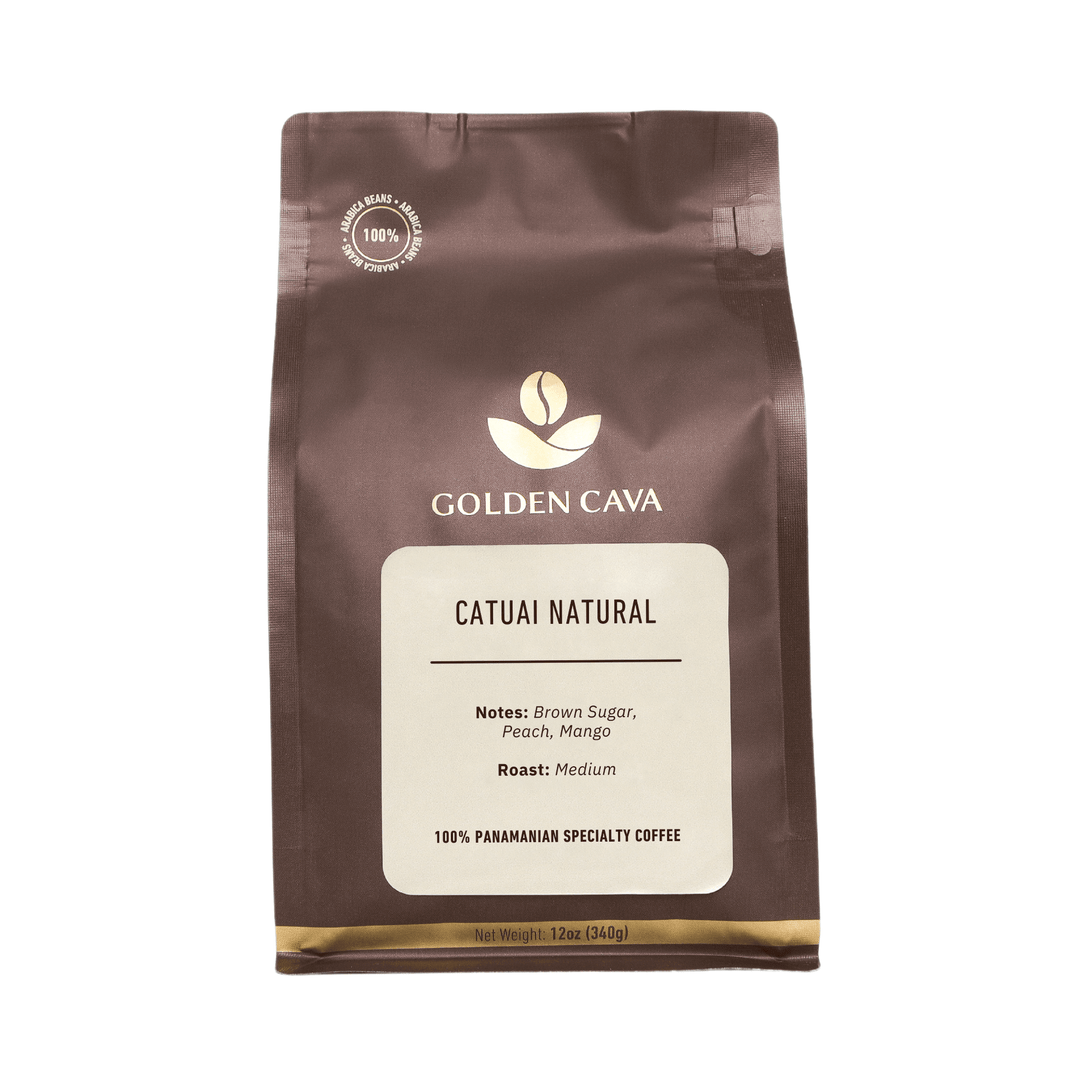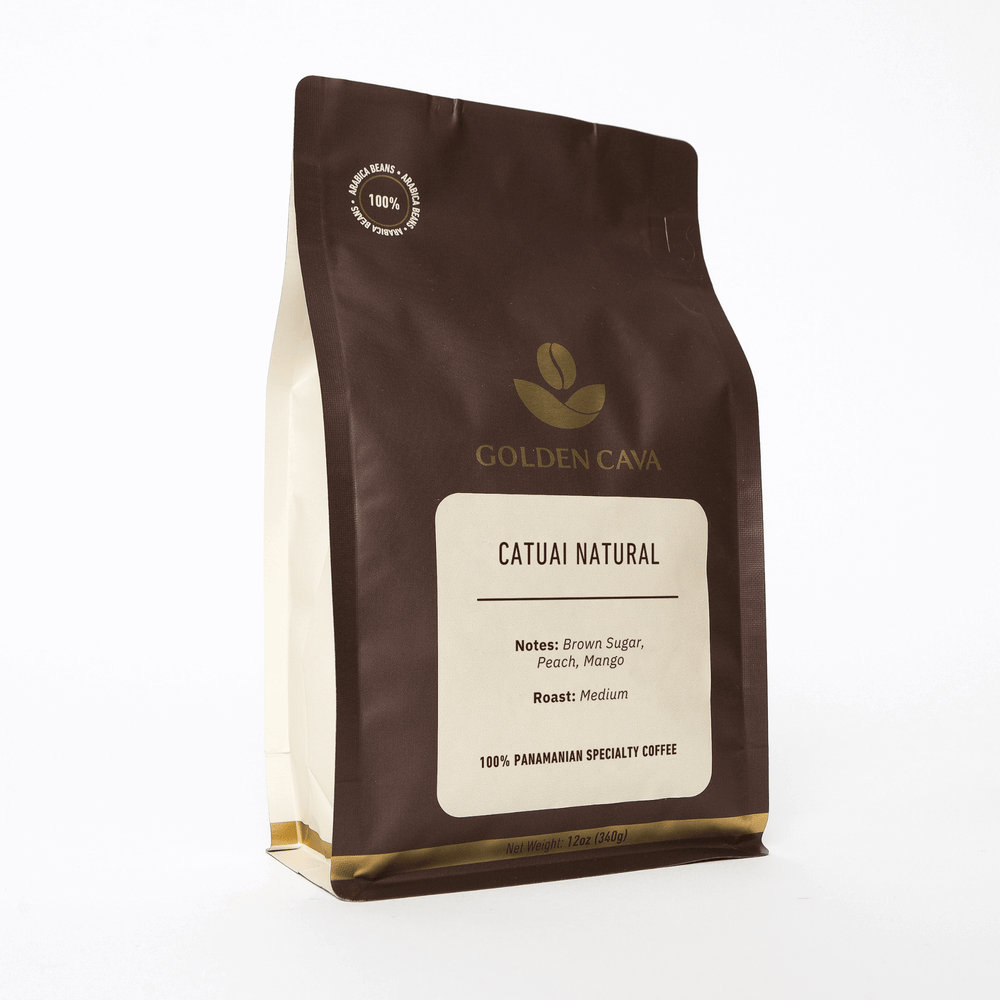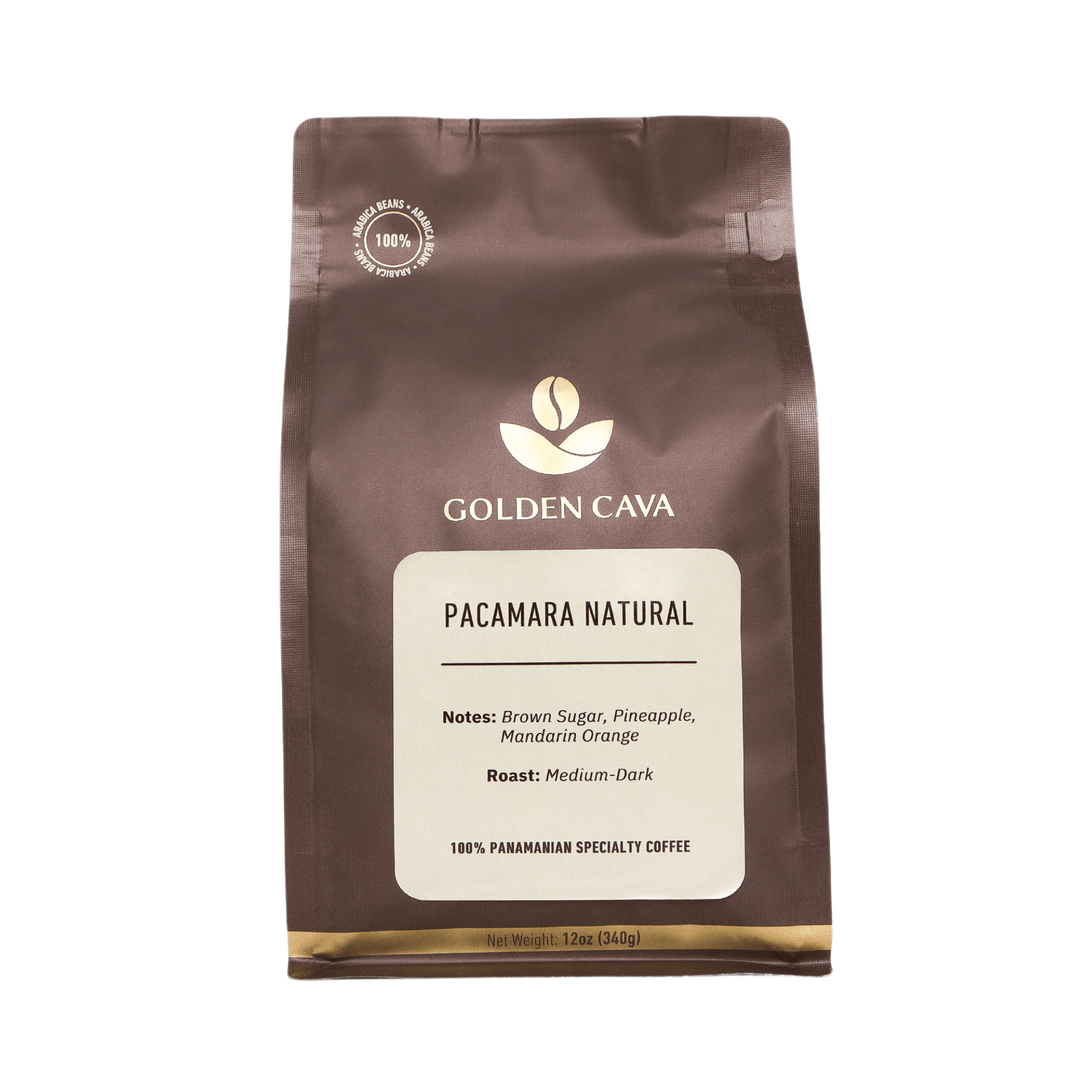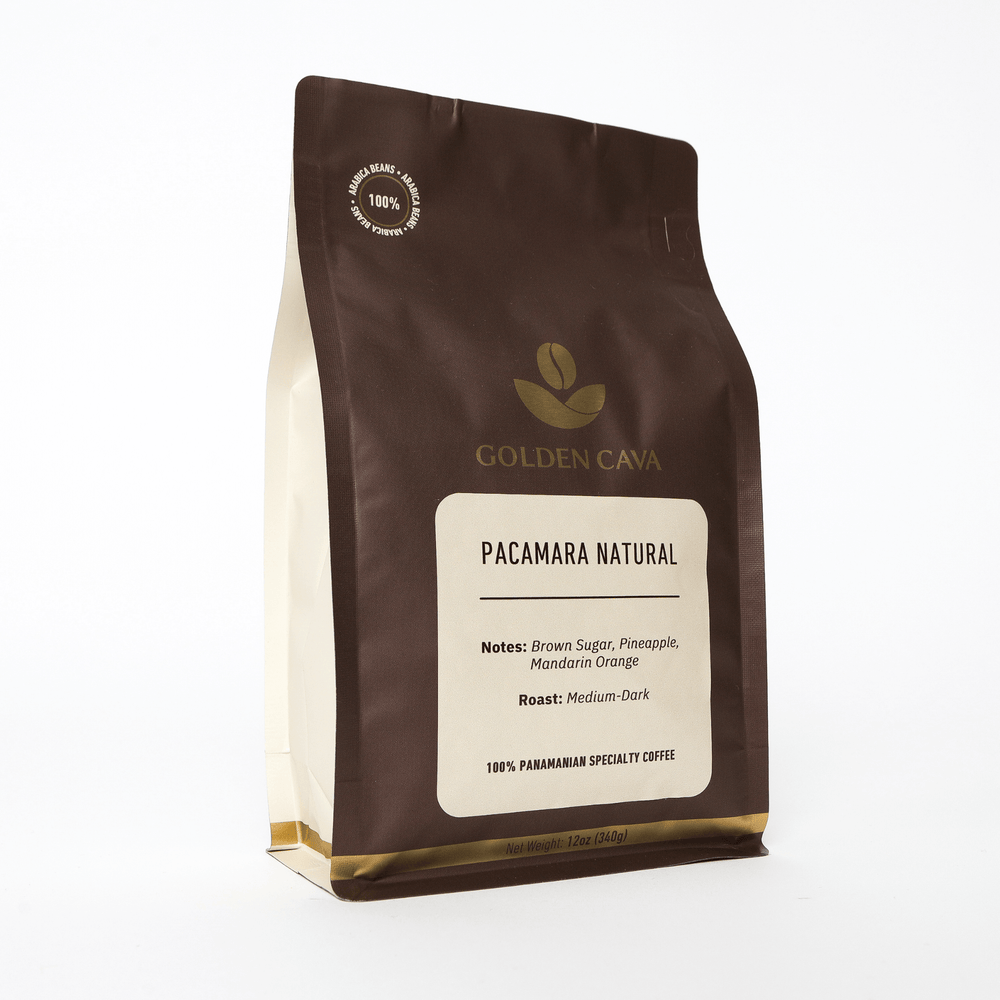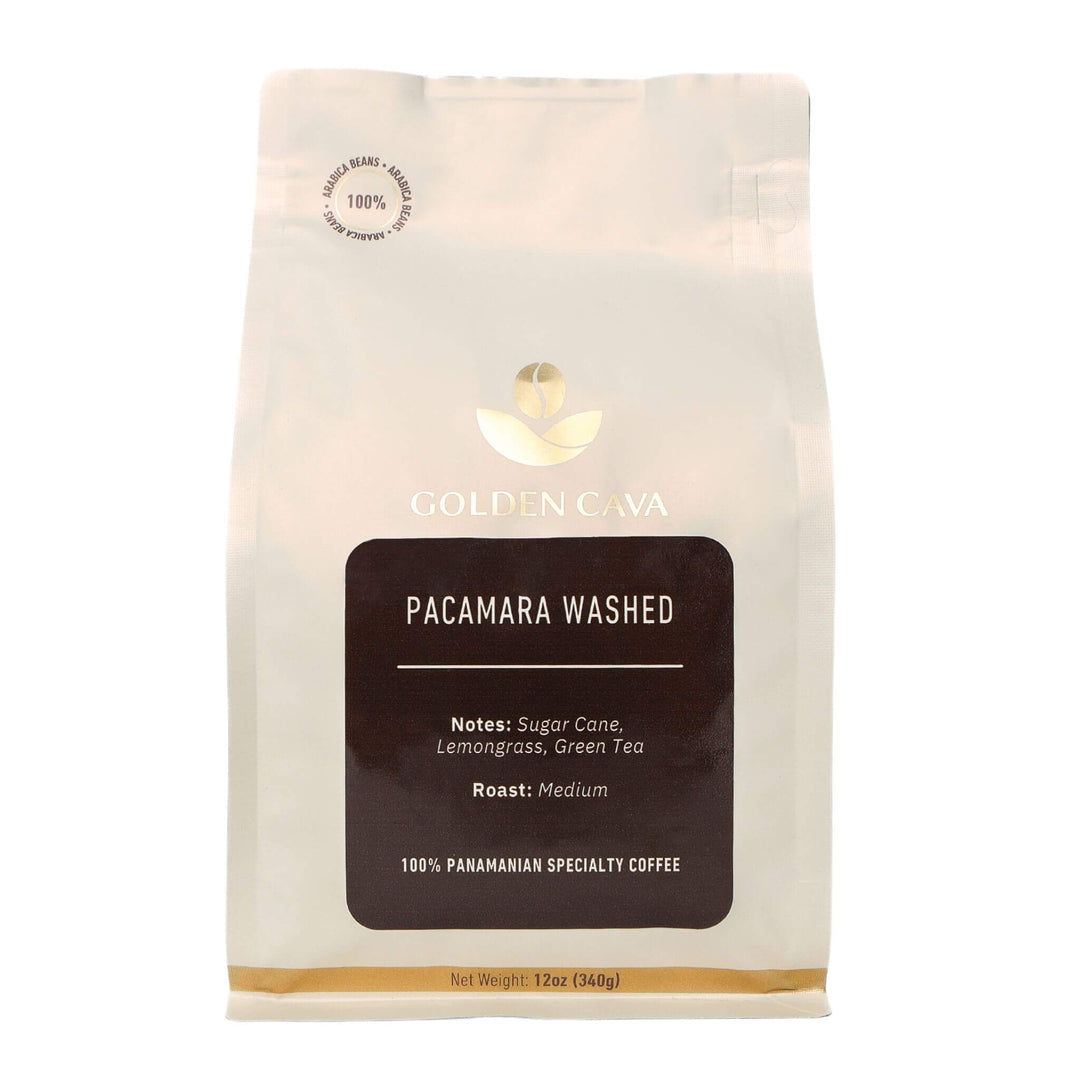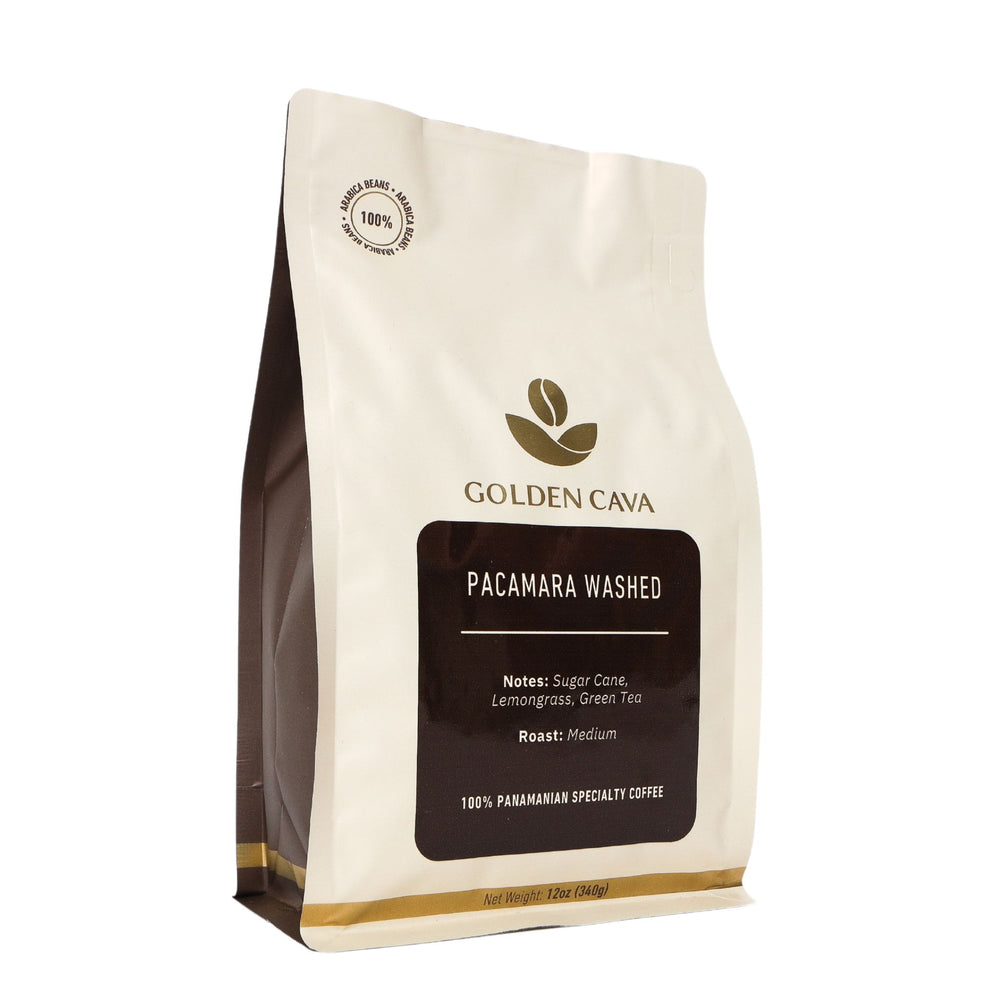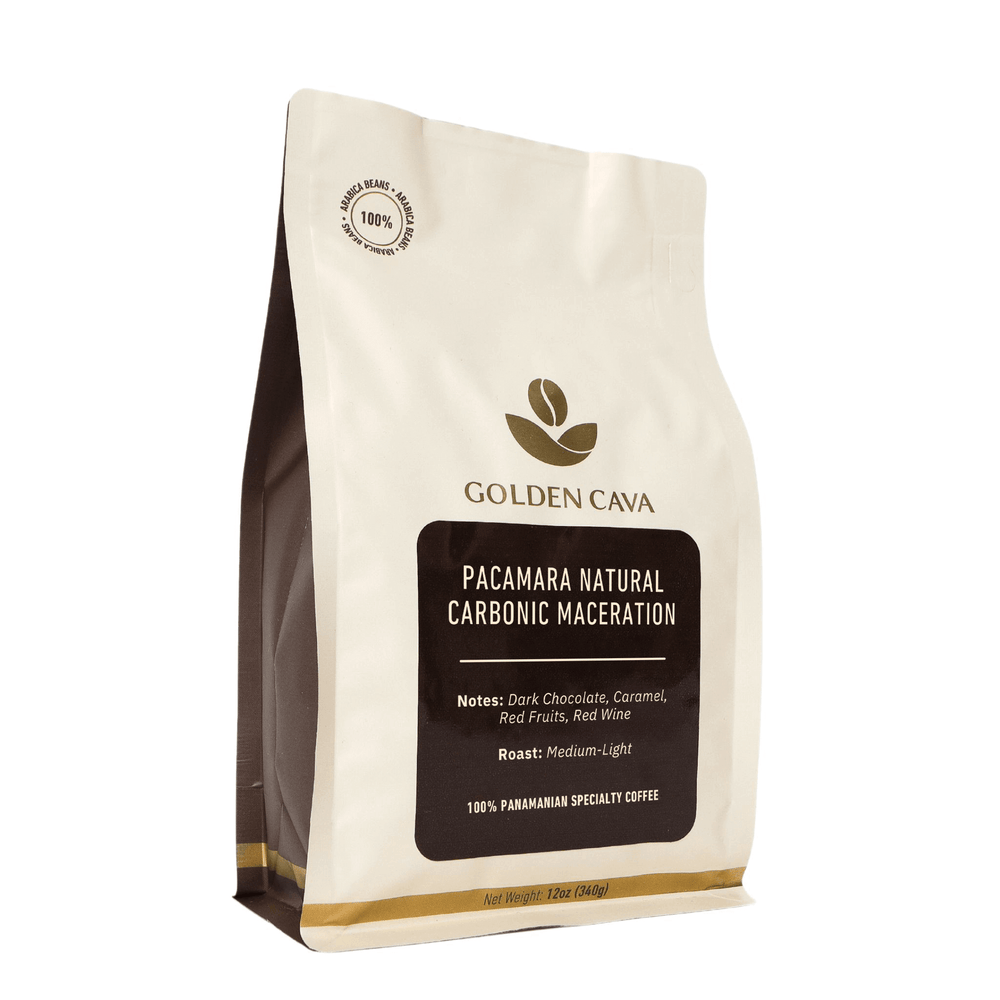Picture the early morning hustle; your kitchen is alive with the aroma of fresh coffee. You've got a choice: moka pot vs espresso, two contenders in the quest for that perfect cup of joe. Both have their loyalists who swear by their method, but let's dig into what sets them apart.
With a moka pot on one side—think Italian grandmother's stovetop tradition—and an espresso machine on the other—hello modern barista vibes—you're not just choosing between brewing equipment; you're picking sides in a flavor profile showdown and deciding how hands-on you want to be with your brew.
This quick dive of moka pot vs espresso will arm you with knowledge about pressure levels and grind sizes that could make or break your morning ritual. By sticking around, you'll unlock insights into why some days call for the simplicity of moka pot coffee, while others demand the intensity of an espresso maker.
Table Of Contents:
- Understanding Moka Pot and Espresso
- Advantages of Using a Moka Pot
- The Art of Brewing Espresso
- Coffee Flavor Comparison
- Versatility Of The Brew
- Choosing Between Moka Pot And An Espresso Machine
- Ease Of Use And Maintenance Of Brewing Equipment
- Enhancing Your Coffee Experience With Manual Brewing Methods
- FAQs in Relation to Moka Pot vs Espresso
- Conclusion
Understanding Moka Pot and Espresso
Definition and Purpose of Moka Pot and Espresso Machine
The moka pot, often dubbed stovetop espresso maker, is a darling in Italian kitchens. It's not just about the coffee; it’s about an experience that connects you to traditional Italian culture—imagine your Italian grandmother patiently brewing her morning cup. A simple moka pot consists of three parts: a bottom chamber for water, a filter basket for ground coffee, and an upper chamber where the final brew collects.
In contrast, modern espresso machines are all about precision. They use high pressure—between 8-10 bars—to force hot water through tightly packed coffee grounds yielding super concentrated shots synonymous with professional baristas.
Differences in Brewing Methods
Moka pots work their magic using steam pressure which usually peaks around 1-2 bars. That's enough to push hot water up through the coffee grind but less than what actual espresso machines apply. Brew time varies too; a moka pot might take five minutes or more whereas an espresso machine can deliver those intense brews rich with flavor within seconds due to its advanced technology.
Brewing process nuances like these influence everything from grind size—a fine consistency works best for snugly packed baskets in espresso makers while a slightly coarser grind suits the simpler moka—and extraction times impacting how heavy-bodied or delicate your morning jolt turns out.
The Flavor Profile of Moka Pot Coffee vs. Espresso Shots
A sip from a brewed moka pot brings forth memories of full-bodied cups with robust flavors—an intense brew that some say comes close to true espresso from higher-end machines without being quite as super concentrated or crema-capped as machine-brewed shots.
Espresso lovers relish each shot for its complexity—a tightrope balance between bitter notes reminiscent of dark chocolate and sweeter hints akin to caramelized sugar—the result of precise temperature control during the brewing process only achievable by an actual espresso machine rather than our humble yet charming stovetop friend.
Discover more insights on this beloved brewing method here, because nothing beats savoring that perfect cup tailored exactly how you love it.
Dive into the heart of Italian tradition with a moka pot or chase precision-flavored shots with an espresso machine—your perfect cup reflects your taste for culture or craftsmanship.
Advantages of Using a Moka Pot
Imagine your kitchen echoing with the hiss and bubbling symphony that signals the birth of a fresh brew. That's moka pot coffee for you, strong and full-bodied, crafted by a device as enduring as an Italian grandmother's love.
Durability Meets Simplicity
Moka pots are like tanks in the world of coffee makers—tough, reliable, and almost indestructible. Made mostly from aluminum or stainless steel, these durable coffee makers withstand years of use without missing a beat. The easy-to-use design is brilliantly simple: water heats up in the bottom chamber; pressure pushes it through ground coffee nestled above; then rich brew fills the upper part. It’s so straightforward that maintaining one feels less like upkeep and more like caring for a cherished heirloom.
This simplicity also means they’re much easier to clean than their high-tech espresso machine cousins—a quick rinse under hot water usually does the trick. Plus, unlike complex machines which often need replacement parts over time, moka pots keep on trucking with just occasional gasket changes.

The Flavor Profile of Moka Pot Coffee vs Espresso Shots
A sip from your moka pot might not transport you straight to Milan during fashion week—but it will give you that robust intensity Italians swear by every morning. Sure, true espresso boasts super concentrated flavors thanks to its higher-pressure brewing process using fancy machinery that pulls shots akin to liquid gold.
But don't underestimate moka pot brews—they stand tall with heavy body and deep flavor coffee tastes able to wrestle down any milk drink into delicious submission if needed. With 1-2 bars of pressure compared to an actual espresso machine’s 8-10 bars—the resulting cup is potent enough for those craving strength but smooth enough for all-day sipping enjoyment.
To learn more about how this beloved Italian icon can transform your daily grind into something magical—and mighty convenient—check out the ultimate guide here. Brew strong my friends.
Moka pots bring the symphony of brewing to your kitchen, delivering strong, full-bodied coffee with a design that's both durable and simple. They're easy to clean, long-lasting, and give you rich flavor that can go toe-to-toe with espresso.
The Art of Brewing Espresso
Mastering the espresso machine is akin to conducting a symphony; every element must come together in perfect harmony for that flawless performance. It's not just about hitting notes—it’s about creating an experience.
Mastering Your Machine for Perfect Espresso Shots
To brew true espresso, precision is the key. You're playing with factors like temperature control and pressure—variables critical to extracting those super concentrated, flavor-packed coffee shots we crave. Unlike moka pot brewing, which uses modest pressure levels of 1-2 bars, modern espresso machines operate at a high octane range between 8-10 bars. This intense brew process isn't just science; it's artistry.
Brewing coffee methods differ vastly from simple moka pots to professional barista-grade equipment. With manual coffee-making tools like the stovetop espresso maker or the more intricate machinery found in cafes worldwide, each path leads to its own unique cup profile—a spectrum ranging from heavy body Italian classics reminiscent of your Italian grandmother’s kitchen to finely tuned specialty coffees served up by artisanal hands.
Our ultimate guide offers insights into dialing in these variables so you can whip up milk drinks worthy of latte art competitions or simply enjoy a full-bodied cup on a quiet morning.
In terms of grind size and filter basket mechanics? They’re essential too. A tightly packed bed allows hot water pressurized through grounds yielding that rich crema-topped shot synonymous with authentic espressos—an extraction far removed from drip coffee makers' workaday churn.
We don’t have time for fluff here—we want results. And while this might sound daunting as any endeavor involving precise temperature control usually does—the rewards are sweet (and sometimes slightly bitter). Remember: practice makes perfect when mastering such an intense brewing method. Embrace trial and error until you hit your stride because once you do, there's no going back—you'll be hooked on quality over convenience forever.
Mastering espresso is like fine art, requiring precision and practice. Unlike the moka pot's modest pressure, espresso machines use 8-10 bars for rich shots. Embrace trial and error to brew espresso coffee that rivals latte art champs or your Italian grandma's classic cup.
Coffee Flavor Comparison
When you're hunting for that perfect cup of brewed coffee, the flavor profile is king. You might wonder how a moka pot stacks up against an espresso machine—after all, they both promise a strong brew. But here's the scoop: espresso is known to be 5-8 times more concentrated than your average drip coffee; meanwhile, moka pot coffee brings it down just a notch with 2-3 times the concentration.

The Flavor Profile of Moka Pot Coffee vs. Espresso Shots
A sip from a moka pot offers you rich and full-bodied flavors akin to what your Italian grandmother would proudly serve. This stovetop method pulls out intensely flavorful shots that boast heavy body and robust character but don't quite reach the super-concentrated zing of modern espresso machines. On one hand, there's this simple delight brewed under lower pressure (think 1-2 bars), creating something wonderfully potent yet smooth—a cozy embrace in each mug.
Flip over to traditional espresso machines—these high-powered devices press hot water through finely ground beans at around 8-10 bars of pressure for true barista-style shots with intricate layers of taste sensations dancing on your palate—the pinnacle for any specialty coffee aficionado seeking an intense brew.
The difference isn't subtle; it’s like comparing homemade apple pie to fine French tarte tatin – both delicious but distinctively unique experiences born from their preparation methods.
Grinding size matters too when chasing after those dreamy flavors of your coffee beans—with pots calling for coarser grounds than what’s needed by most advanced brewing gear which requires precisely fine grinds tucked tightly into filter baskets.
So while these two champions may seem similar at first glance—they're cousins rather than twins in our global family tree of caffeine delights.
Making great use of rubber gaskets and simple physics or mastering digital displays and exact temperatures are part of their respective charm—and why some days we lean towards quick simplicity or dive deep into crafting rituals where every second counts during extraction times.
Chasing the perfect coffee flavor? Espresso brings an intense, intricate taste while moka pot coffee offers a rich but slightly less concentrated experience. Think cozy embrace vs. dance of flavors—both brewed differently and both uniquely satisfying.
Versatility Of The Brew
When it comes to crafting a cup of coffee that stands out, the coffee brewing method you choose is crucial. Both moka pots and espresso machines bring their own unique spin to your morning ritual.
Durability Meets Simplicity
The robust construction of a moka pot pairs with its simple mechanics for long-lasting performance. Known for their durability, these easy-to-use coffee makers are less complex than modern espresso machines, making them both beginner-friendly and reliable over time. It's no wonder many see them as the durable choice in our throwaway culture.
A traditional stovetop espresso maker like the moka pot uses 1-2 bars of pressure—far from what an actual espresso machine delivers but enough to brew strong, full-bodied cups reminiscent of Italian coffee culture. With just hot water and ground coffee tightly packed into its filter basket, this manual technique is life-changing; it connects you deeply with each step in the process.
The Art of Brewing Espresso
On the other side sits the precision-driven world of modern espresso machines which demand mastery over temperature control and timing. Achieving perfect latte art or specialty coffees often relies on concentrated flavors only true espresso shots can provide—a feat possible due to 8-10 bars of pressure during extraction times that yield super-concentrated delights fit for any milk drink variation one might desire.
This intense brew forms through finely tuned orchestration: grind size matters more here than ever before; every second counts when pulling professional barista-level shots at home—an exciting challenge if you're up for it.
Coffee Flavor Comparison
Moving beyond mere strength—the flavor profile comparison between these two methods reveals stark contrasts. Moka pot coffee brings about an intensely heavy body with a flavor profile doubled or tripled compared to drip coffee while still being less concentrated than espressos which boast fivefold concentration levels against standard drips.
Exploring milk drinks? A rich shot from an actual espresso machine offers unmatched versatility in creating various beverages—from creamy lattes to intricate cappuccinos where latte art crowns your creation beautifully.
Choosing between a moka pot and an espresso machine? Consider this: moka pots offer simplicity and durability, brewing strong coffee with ease. Espresso machines, though complex, allow for precision and versatility in flavors—perfect for those who love latte art or specialty drinks.
Choosing Between Moka Pot And An Espresso Machine
If you're torn between a moka pot and an espresso machine, consider your commitment to coffee craft. Do you relish the idea of mastering the art of espresso, or does the simplicity of a stovetop brew appeal more? It's not just about taste—it's also about how much time and space you have.
Durability Meets Simplicity: The Moka Pot Advantage
The moka pot is known for its long-lasting design. It offers durability without complexity, which makes it ideal if you prefer easy-to-use coffee makers. Its sturdy construction means fewer worries over replacement parts or maintenance costs—just great pot coffee strong enough to wake up even the most tired Italian grandmother.
You might say using a moka pot feels like stepping back in time—an era where manual techniques ruled before modern espresso machines stepped onto the scene. This simple brewing method produces full-bodied cups that remind many enthusiasts of intense brews enjoyed across generations.

Brewing Precision with Espresso Machines
An actual espresso machine takes precision; managing temperature control and extraction times is crucial for achieving those super concentrated shots we all love. But let’s face it: this can be intimidating. Not everyone wants to play professional barista at home when they're craving something as comforting as milk drinks topped with latte art—and yes, an espresso shot's versatility shines here.
A De'Longhi Pump Espresso Machine can be your partner in crime for pulling off such feats but remember—they need love too. Cleaning ease may take a hit due to their intricate parts, unlike our trusty friend—the moka pot—which asks so little yet gives so much flavor-wise.
Practical Considerations When Buying Brewing Equipment
Now think budget options versus quality investment—does splurging on La Specialista Prestigio mean better coffee? Perhaps not always because sometimes affordability wins especially if Dedica Style Home Machines give us similar results in coffee machines without breaking the bank.
Surely lifestyle choices factor into this equation too—if countertop real estate is prime property in your kitchen then compact might trump expansive no matter how shiny that high-pressure brewing equipment looks.
When picking between a moka pot and an espresso machine, think about your love for coffee craft, time, space, and whether you're up for the challenge of precision brewing or prefer something simpler.
Moka pots blend durability with ease-of-use; they're low maintenance but still whip up strong brews. Espresso machines require more effort and upkeep but reward you with versatility in drinks.
Your choice also hinges on budget versus quality and how much kitchen space you've got—sometimes smaller and affordable wins over large, pricey gear.
Ease Of Use And Maintenance Of Brewing Equipment
When it comes to coffee brewing at home, the choice between a moka pot and an espresso machine often boils down to simplicity versus sophistication. For many java enthusiasts, the appeal of user-friendly maintenance can't be overstated. A simple moka pot espresso not only brings the robust flavor of Italian coffee into your kitchen but also boasts low upkeep for those who prefer their morning routine without complications.
Durability Meets Simplicity
The humble moka pot stands as a testament to durable design, with fewer moving parts than its high-tech counterparts. Its straightforward construction means there's less that can go wrong—leading to greater longevity overall. Moka pots are renowned for enduring years of use while maintaining consistent performance; they don't just make strong coffee—they're built strong too.
On the other hand, espresso machines may offer barista-level brews but come with intricate components like filter baskets and rubber gaskets that require regular attention. Espresso aficionados know all too well that precision devices demand precise care if they’re going to last beyond their warranty period.
User-Friendly Upkeep
A simple rinse here and a quick scrub there—moka pots ask little from you in terms of daily care yet give so much back in terms of reliable operation day after day. This stovetop espresso maker doesn’t shy away from heavy-duty use; rather it embraces it with an almost nonchalant ease when cleaning time rolls around.
Espresso machines might promise modern convenience with buttons and settings galore, but this complexity introduces more variables into both brewing—and inevitably—the cleaning process as well. Remembering which part needs descaling or how tightly packed your ground coffee should be could turn your leisurely cup-making ritual into a series on troubleshooting instead.
Why your grinder is the most important piece of coffee gear, highlights that even though equipment plays a crucial role in achieving cafe-quality drinks at home, nothing has quite as significant an impact on taste as fresh grounds—and keeping your grinder clean is just another aspect where simpler designs win out.
With these considerations in mind, embracing minimalism through uncomplicated tools such as the classic moka pot might just revolutionize not only how you brew—but also how smoothly you sail through maintenance chores thereafter.
For a fuss-free coffee routine, pick the moka pot for its simplicity and durability—it's easy to clean and built to last. Espresso machines brew like a pro but need more care, so weigh your love for high-end java against the extra effort required.
Enhancing Your Coffee Experience With Manual Brewing Methods
Imagine the joy of crafting a fine cup of joe, much like an artist with paint and canvas. Embracing manual brewing methods such as using a simple moka pot or diving into espresso machine brews can transform your coffee ritual from mundane to extraordinary.
Durability Meets Simplicity in Moka Pot Design
The robust construction of moka pots is legendary; they're built to last longer than many relationships. Simple mechanics mean less can go wrong, so you'll be brewing for years. They say simplicity is the ultimate sophistication – well, these pots are proof.
Moka pot coffee brings that rich intensity without demanding too much effort. A perfect balance for those who love their coffee strong but their mornings easy-going. You don't need barista-level skills to master this method—just fill it up and let stovetop heat do its magic.
Brewing Espresso: An Art Form Demanding Precision
Achieving that super concentrated shot from an actual espresso machine requires precision—a dance between temperature control and pressure that only true aficionados appreciate. But oh, when you get it right? The flavor profile is unparalleled; intense brews rich with nuance that might just make your Italian grandmother weep with joy.
If you've ever longed for the power to craft latte art or concoct milk drinks worthy of a specialty cafe's menu, mastering modern espresso machines opens up endless possibilities—not just in flavors but also versatility within your beverage repertoire.
Connecting Deeper Through Hands-On Crafting
Coffee isn't merely about caffeine—it's about connection. By manually engaging in every step—from grind size selection through extraction times—you become part curator-part creator of each sip taken. Learn how manual techniques offer not just life-changing experiences, but deep connections through craftsmanship unique to each brewed masterpiece on your countertop.
Turn your coffee routine into an art with a moka pot's simplicity or espresso's precision—each brew is a masterpiece in the making.
Moka pots blend durability and ease, offering strong coffee without fuss. Espresso machines invite you to craft drinks with café-level complexity.
Manual brewing isn't just about taste—it's about creating connections and savoring each step from grind to sip.
FAQs in Relation to Moka Pot vs Espresso
Is Moka pot coffee as good as espresso?
Moka pot brews a robust cup, but it lacks the crema and intensity of a true espresso.
What are the negatives of a Moka pot?
Cleaning can be fussy, and if you're not careful, you might end up with over-extracted or burnt coffee.
Can you make real espresso with Moka pot?
Nope. Real espresso needs more pressure than what a moka pot can whip up.
Is Moka the same strength as espresso?
Moka is strong but doesn't quite match an espresso's concentrated kick.
Conclusion
So, moka pot vs espresso. Both can elevate your morning but in distinct ways. The stovetop simplicity of the moka pot brings durability and ease to your routine, while mastering an espresso machine promises a perfect shot for those specialty drinks.
You learned about pressure—moka pots humming at 1-2 bars, espressos surging with 8-10—and how grind size impacts flavor. Moka coffee is strong; espresso even stronger. Each brew method fits different moments: one slow Sunday sips, the other quick weekday kicks.
Remember this: versatility isn't just about milk drinks or latte art; it's also about what suits your life best. Whether you lean towards the robust tradition of a moka pot or crave the precision of an espresso machine—pick what perks up your day.
Your choice shapes not only taste but experience too—a reflection of commitment and convenience intertwined in each cup poured.




